Plumbing
-
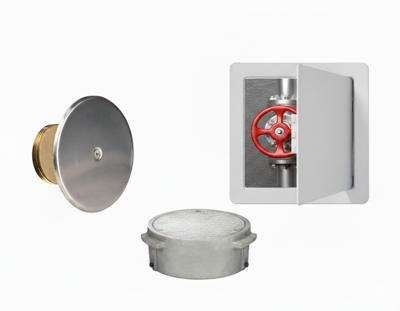
Access Panels Doors & Plates
-
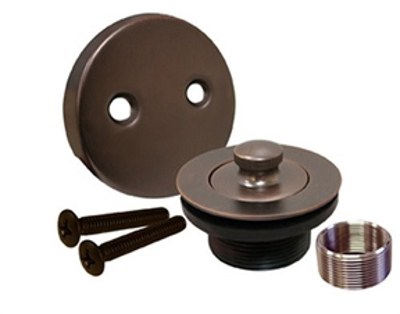
Bath Drains
-
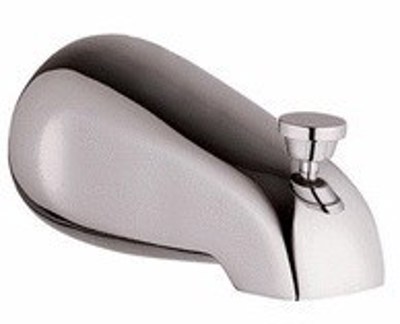
Bathtub Parts & Accessories
-
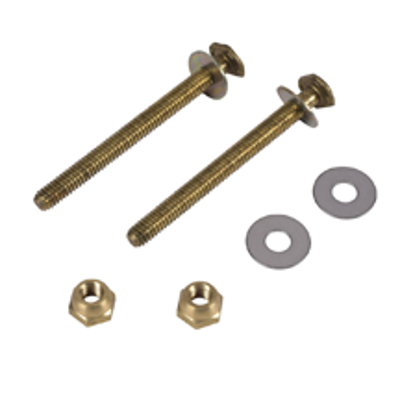
Bowl Setting Wax Gaskets & Bolts
-
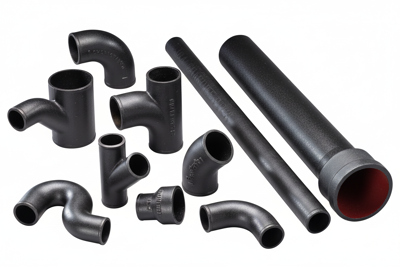
Cast Iron
-
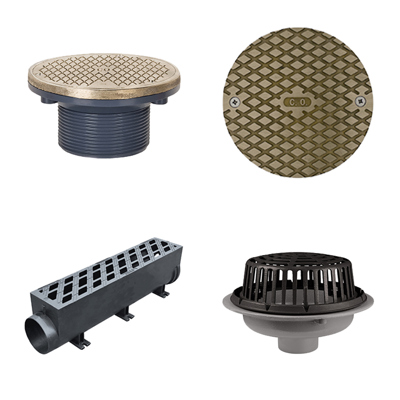
Drains & Cleanouts
-
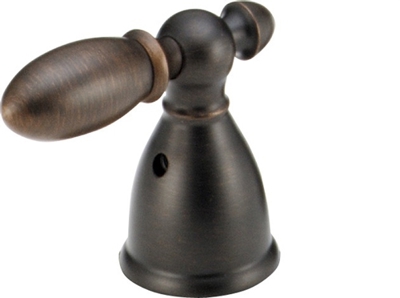
Faucet Handles
-
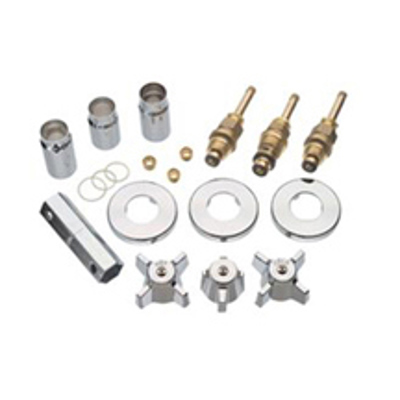
Faucet Parts & Repair
-
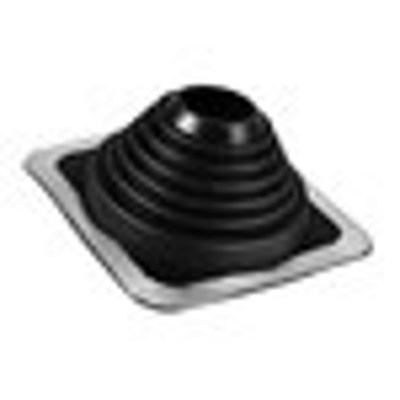
Flashings
-
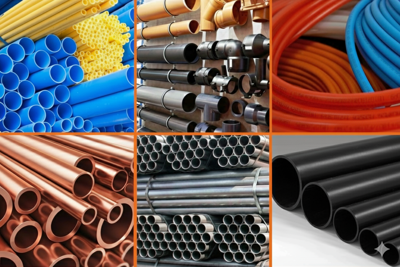
Pipe & Tubing
-
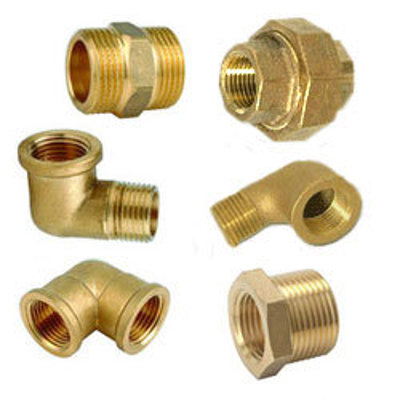
Pipe Fittings
-
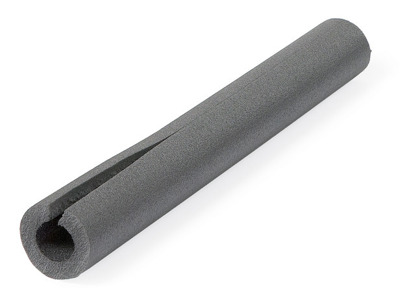
Pipe Insulation & Sleeves
-
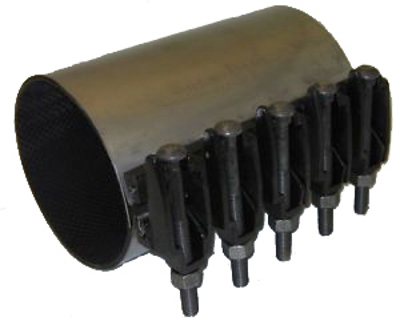
Pipe Repair & Connections
-
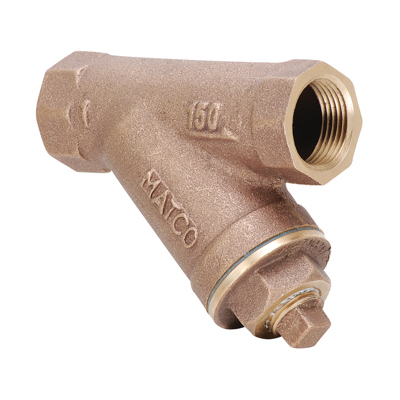
Pipe Strainers
-
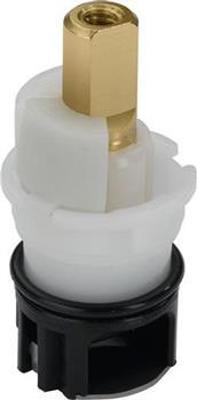
Plumbing Parts & Repair
-
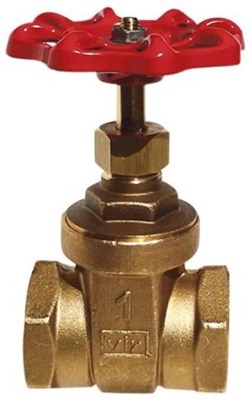
Plumbing Valves
-
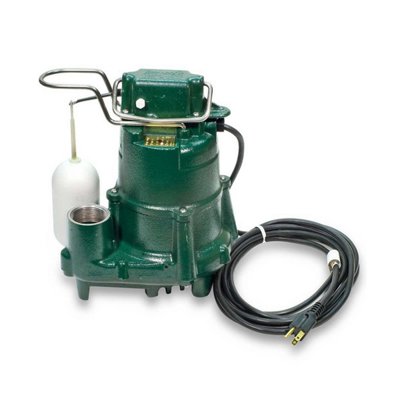
Pumps
-
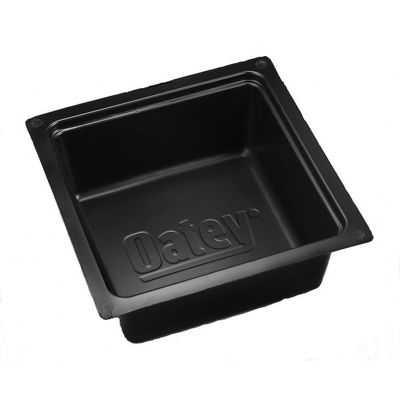
Rough-In Products
-
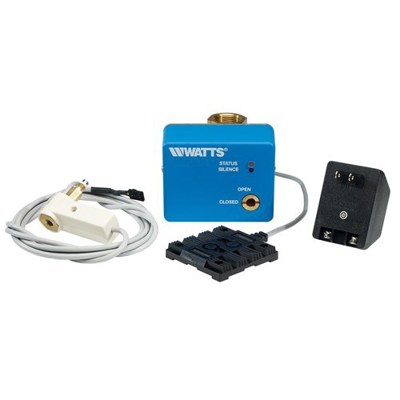
Safety Devices
-
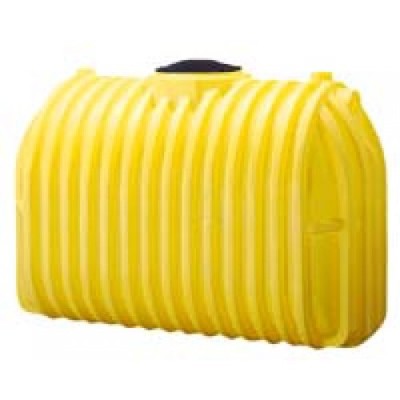
Septic Tanks
-
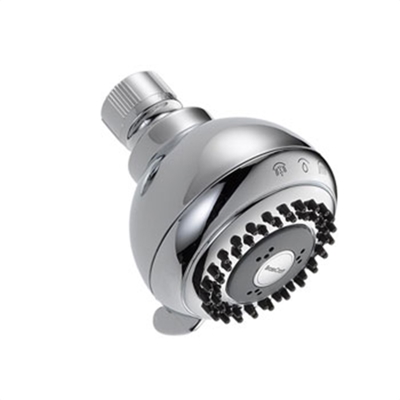
Shower Parts & Repairs
-
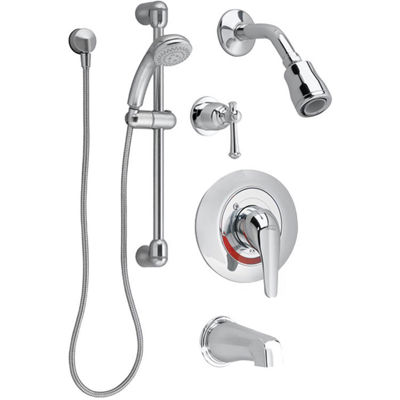
Shower Systems
-
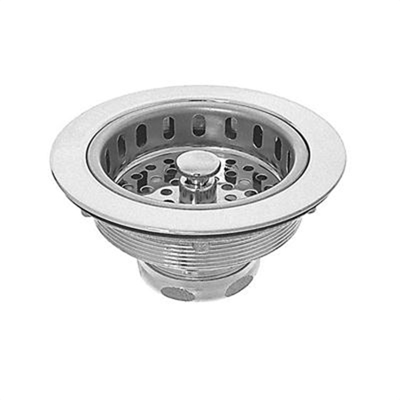
Sink Parts & Repair
-
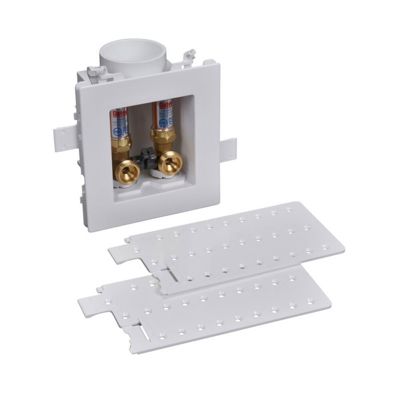
Supply Boxes
- 1
- 2
Exceptional Characteristics and Advantages
The plumbing supplies come with a range of innovative features that enhance performance and reliability:
Endurance: Constructed from high-quality materials such as brass and stainless steel, these fittings withstand corrosion and wear, ensuring longevity.
Quick Setup: Many fittings are designed with user-friendly mechanisms, allowing for efficient installation and maintenance, reducing downtime during repairs.
Variety: With a wide range of sizes and specifications, these kitchen or bathroom parts are adaptable to various plumbing configurations, satisfying diverse plumbing system requirements.
Water Efficiency: Many modern fittings are engineered to optimize water flow and reduce wastage, aligning with sustainability goals without compromising performance.
Consistent Applications in Plumbing Systems
Plumbing fittings find numerous applications across different plumbing setups:
Faucet and Sink parts: Fittings play a crucial role in connecting faucets to water supply lines, ensuring proper flow and drainage.
Shower Systems: Components like showerheads, diverters, and valves utilize plumbing fittings for seamless water delivery and temperature control.
Toilet Replacements: Fittings facilitate the connection of toilets to water lines and waste pipes, ensuring thorough flushing and efficient waste management.
Bathtub and Kitchen Integration: These fittings integrate with bathtub installations, ensuring secure water supply and optimal drainage functionality.
Frequently Asked Questions about Plumbing
How do I determine the correct size for plumbing fittings?
Measure existing pipes and verify specifications against manufacturer guidelines to ensure compatibility.
What types of valves are essential in bathroom plumbing setups?
Shut-off valves, check valves, and pressure-reducing valves are critical for effective control and safety.
How can I prevent leaks in plumbing fittings?
Proper installation with thread sealants and regular maintenance checks can alleviate leaks in fittings.
What role do connectors play in commercial plumbing?
Connectors enable the linking of pipes and fixtures, allowing for flexible and efficient plumbing designs.
Are there energy-efficient options available for plumbing fittings?
Yes, many modern fittings are designed to be water-efficient, reducing overall consumption and costs.